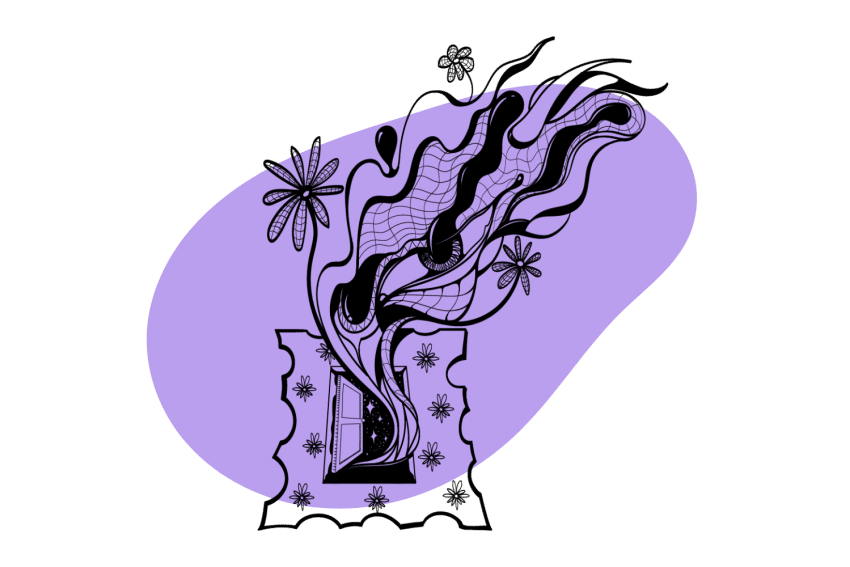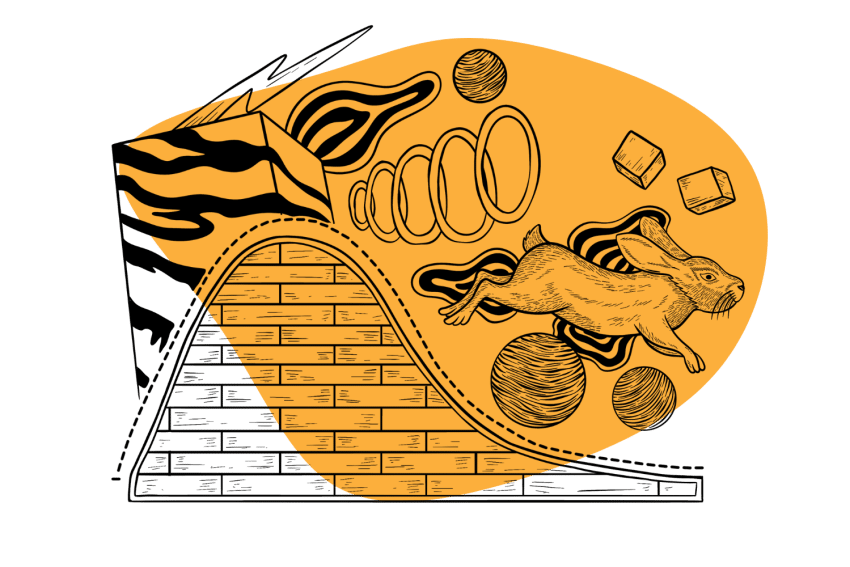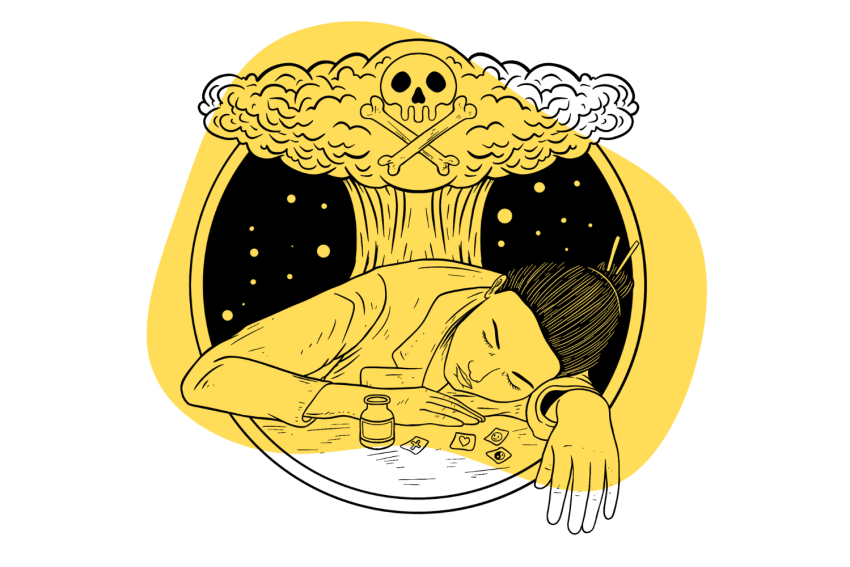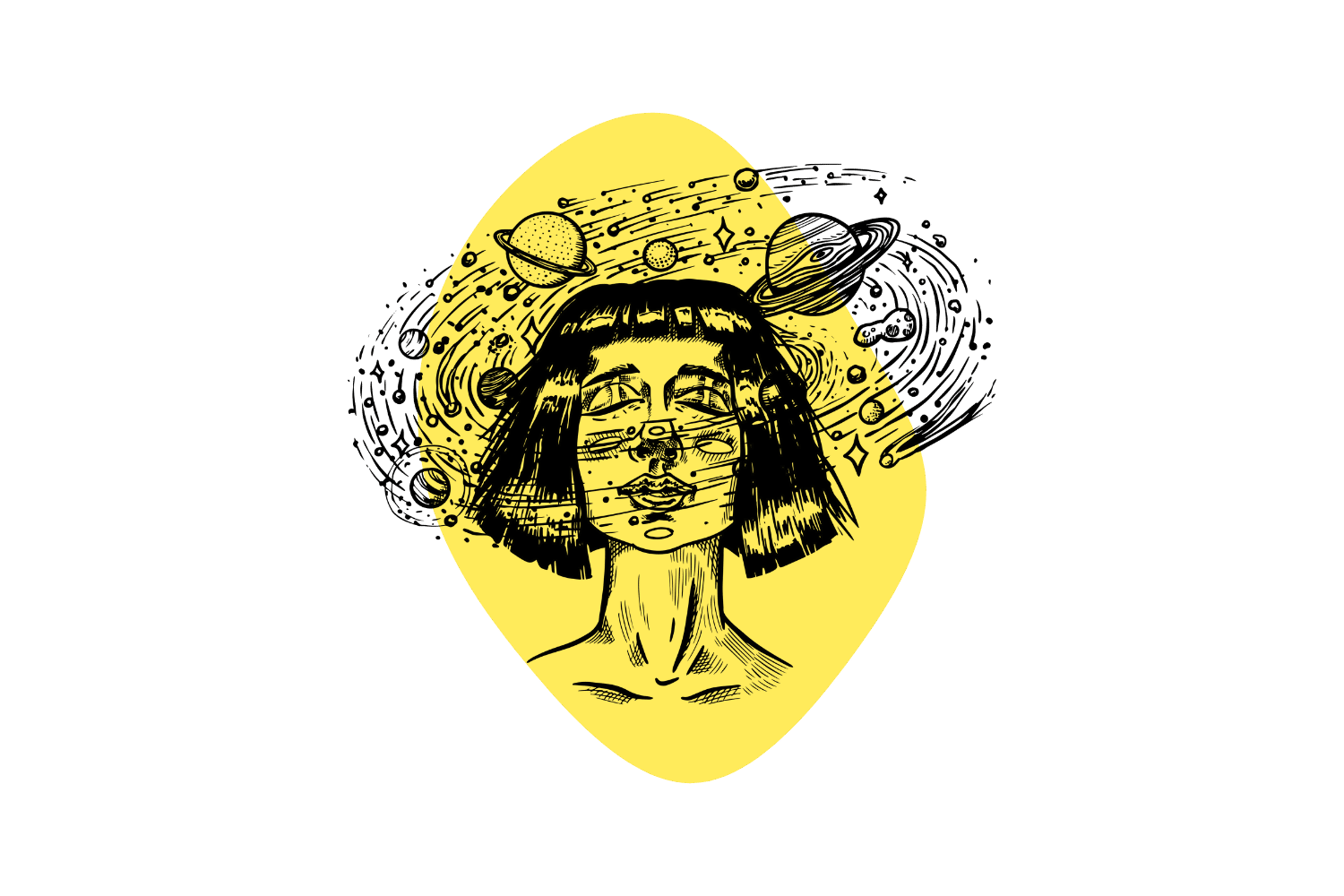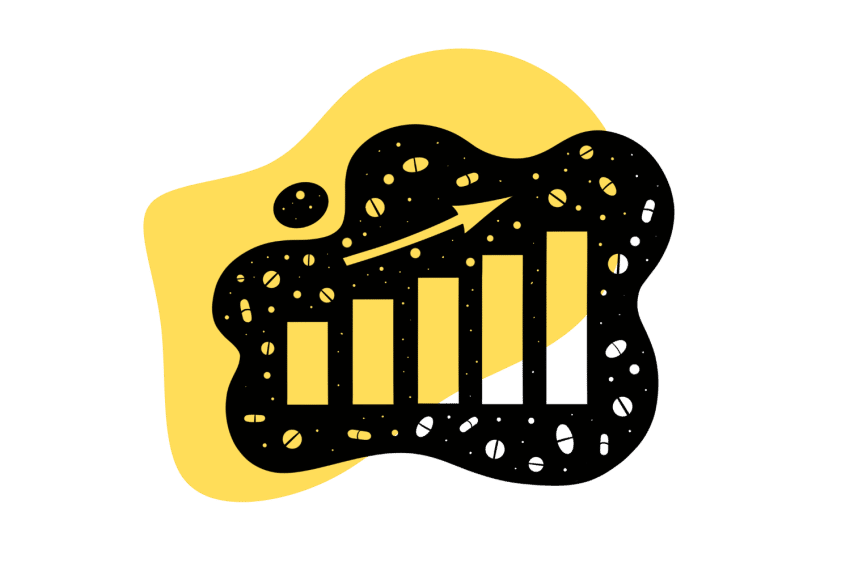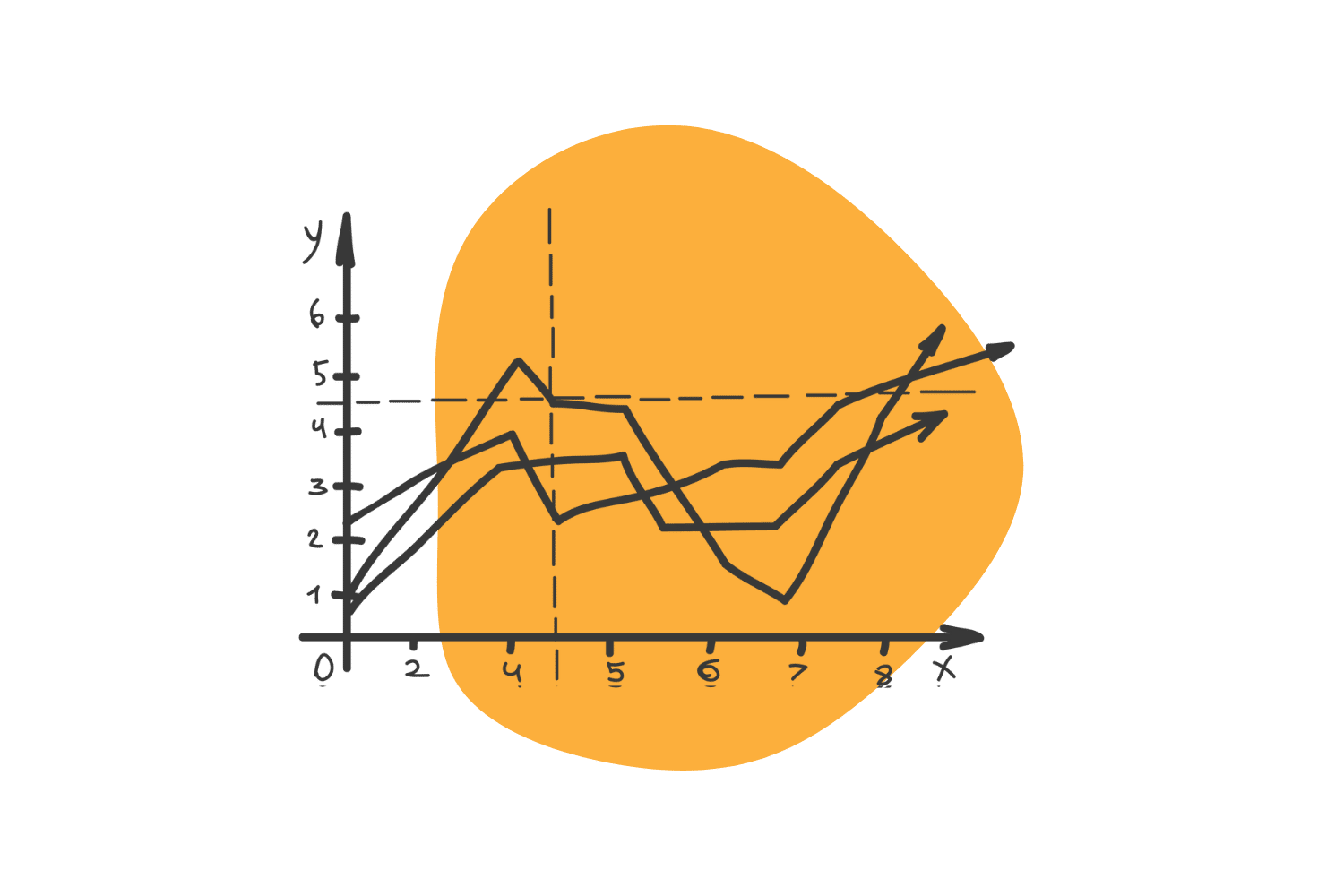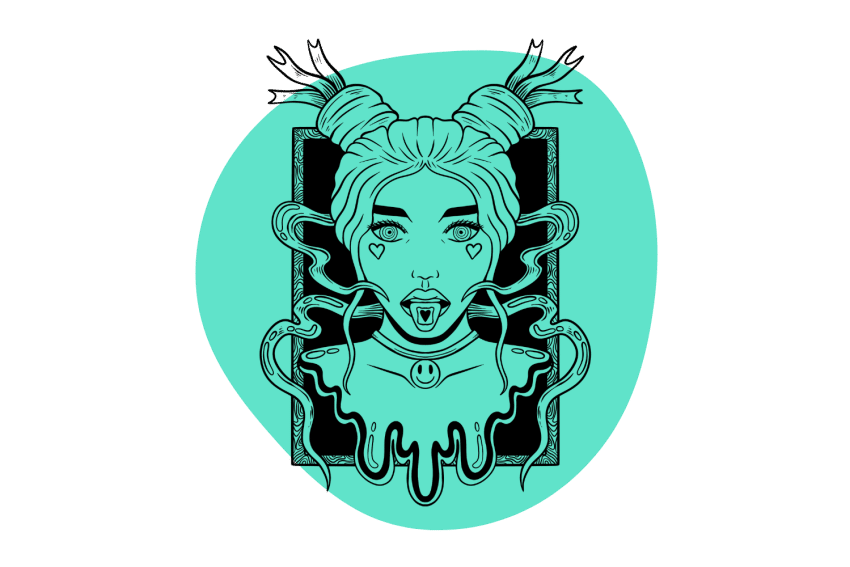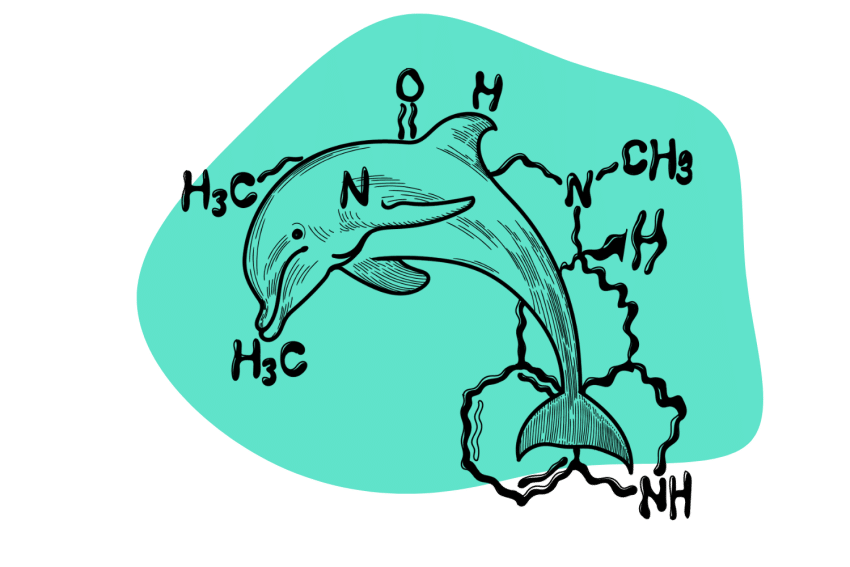What Is Candy Flipping? (Recently Patented)
MDMA + LSD = Candy Flip
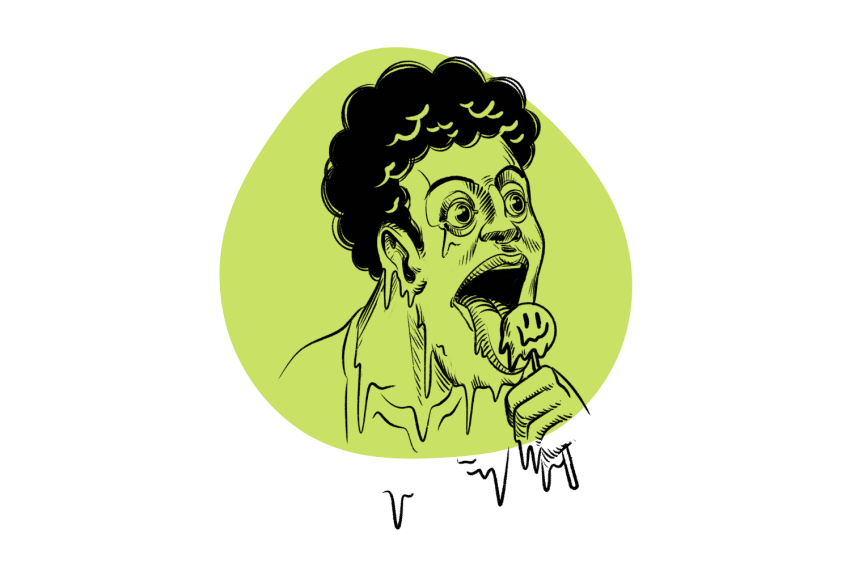
Psychedelics naturally attract curious, experimentative people, so it’s not surprising that many psychedelic users explore drug combinations like candy flipping searching for novel, mind-expanding experiences.
Common wisdom says that mixing drugs of any sort is dangerous, but combining potent psychoactive substances like MDMA and LSD might not be such a bad idea, at least according to a leading psychedelic researcher at the University Hospital in Basel, Switzerland.
Let’s dig in.
What Is Candy Flipping?
“Candy flipping” refers to taking MDMA and LSD simultaneously. It’s a practice that’s been around since at least the 1980s.
The effects offer a combination of the openness and empathy that come along with MDMA, and the psychedelic visuals of LSD. It’s also believed that MDMA reduces the chances of experiencing a “bad trip” from the LSD because of the positive attitude it tends to provide.
Many underground psychedelic psychotherapists have already been putting this into practice for decades. LSD appears to negate many of the negative side effects of MDMA, and MDMA makes patients feel more ‘open’ during the experience.
Dr. Matthias Liechti, a professor at the University of Basel and the psychedelic company MindMed just scored a patent in (June 2022) for “administering an empathogen/entactogen and a psychedelic in the same single oral dosage form to an individual.” This patent would include the practice of candyflipping, Nexus flipping, Hippie Flipping, and several others.
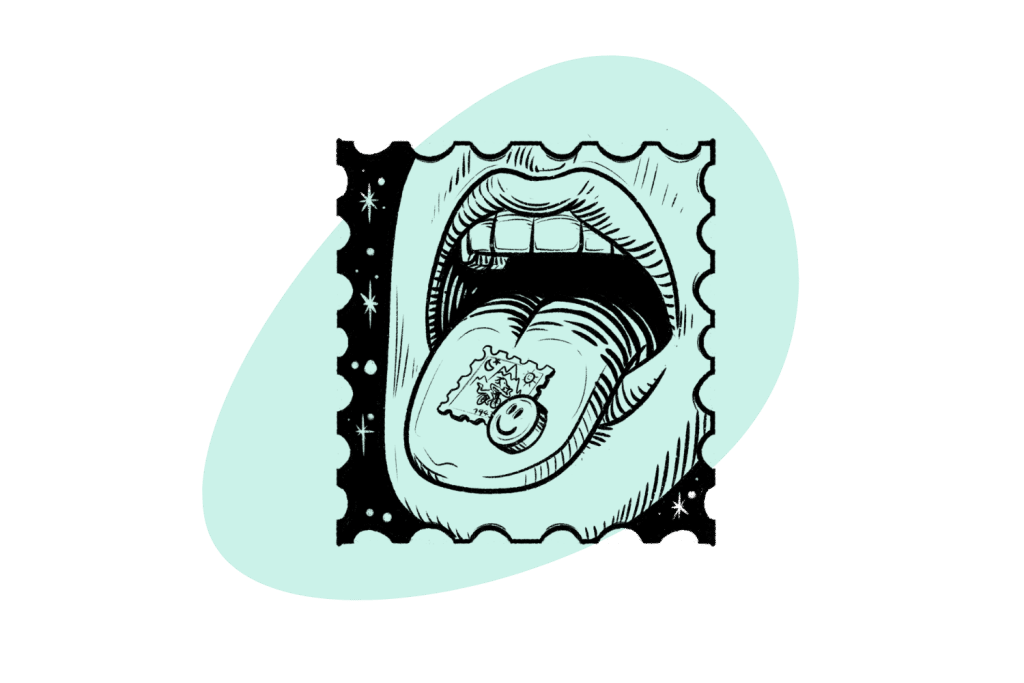
Another company, CaaMTech, tried to file a similar patent for new methods of combining two serotonergic drugs (such as LSD and MDMA) — but withdrew the patent after it was challenged for lacking novelty.
Whether MindMed should be able to patent a practice that dates back to an era when shoulder pads were still cool or not is hotly debated. Regardless, this is good news for research as we’ll likely start to see some new studies exploring involving the combination of MDMA with various psychedelics.
Other common combinations include:
- Kitty Flipping — Ketamine & MDMA
- Sugar Flipping — Cocaine & MDMA
- Hippie Flipping — Magic Mushrooms & MDMA
- Jedi Flipping — Magic Mushrooms, LSD, & MDMA
- Nexus Flipping — 2C-B & MDMA
What Is MDMA?
3,4-Methylenedioxymethamphetamine, or MDMA for short, is a psychoactive drug in the amphetamine family. It’s categorized as a stimulant, empathogen, entactogen, and mild psychedelic.
MDMA enhances the senses, making the world seem more vivid and increasing one’s sense of empathy and connectedness to other people.
Most people take MDMA orally, although it can also be taken intravenously. The drug currently has no formal medical uses but is going through clinical studies and could get the FDA’s approval for treating PTSD very soon.
MDMA can be dangerous, with common side effects being muscle cramps, dehydration, delusions, and increased body temperature. People with heart or psychiatric conditions should avoid taking MDMA.
What Is LSD?
Lysergic acid diethylamide (LSD), commonly called acid, is a highly psychoactive drug known for inducing intense hallucinations. LSD’s effects take 1-1.5 hours to take hold and usually last no longer than 9 hours.
The most common way to take LSD is via small strips of absorbent paper soaked in the drug called tabs or blotters.
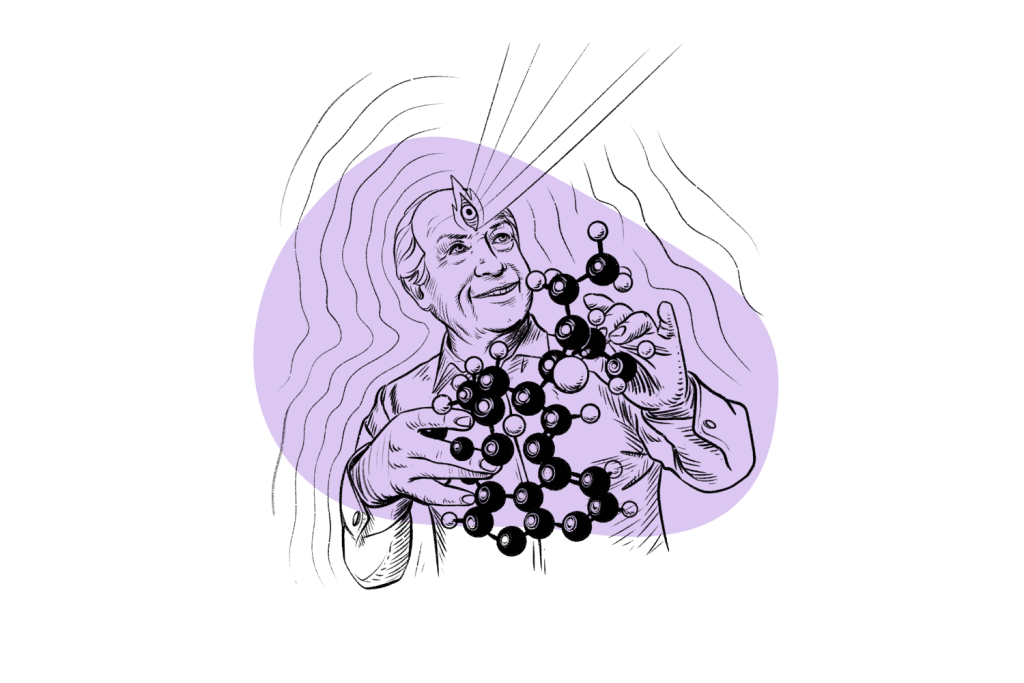
LSD is just one of many compounds in the larger lysergamide drug class — most of which share similar effect profiles. Other members of this group include AL-LAD, ETH-LAD, PRO-LAD, ALD-52, LSZ, 1P-LSD, and more.
How to Use Psychedelics Responsibly
Psychedelics have a bad reputation for being abused as party drugs, but that wasn’t always the case. People initially used psychedelic drugs to establish a spiritual connection with the universe and better understand themselves and their place in the cosmos. Many traditional rituals include psychedelics as a core component, a nearly universal truth that extended across geographical and cultural boundaries.
Using psychedelics responsibly requires some forethought and planning. Preparing yourself and your environment is essential if you want to have a positive psychedelic experience. Let’s discuss the set and setting.
Set
When people talk about set, they mean mindset. Your emotional state, expectations and general outlook can all color your experience. If you’re filled with negative thoughts, anger, or fear, you’re more likely to have a negative experience. Using psychedelics is like looking in an unforgiving mirror in some ways.
Many users find it helpful to relax with intention before their trip. Meditation, yoga, and breathing exercises are great ways to help you put your mind and body at ease. Some people also recommend verbalizing your intentions. Take a few minutes to focus on having a positive experience and state it aloud. Writing your intentions down can also help.
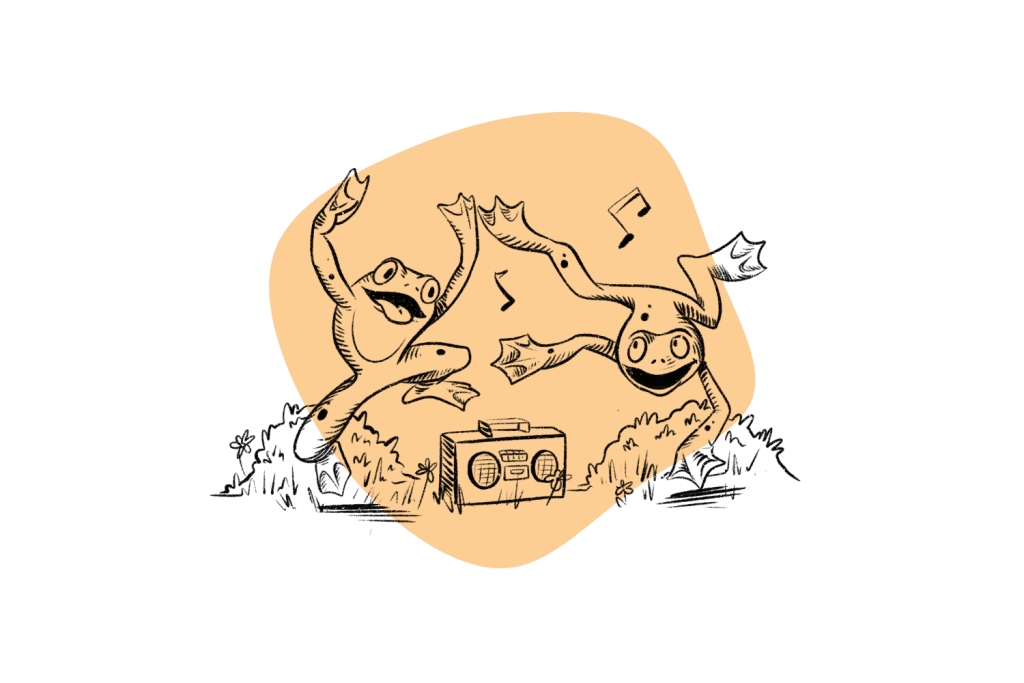
Setting
Set is about getting your internal state in order, and the setting is about making sure your external state is as well. Your environment can have a big impact on your trip, so it’s worth thinking carefully about where you have your experience.
Familiar places are always preferred since you’ll be more at ease and relaxed somewhere you’re comfortable. Most people prefer a small — but not claustrophobic — room in their home, preferably one with a latch and a lock. Your setting should be free from unwanted distractions and interruptions.
Experienced psychedelic users often recommend having some music and art nearby to occupy your attention. Psychedelics enhance your perception and creativity, and having ways to channel your newfound senses can be helpful.
It is also good to have a trusted friend with you as a sober companion (called a trip sitter) if your trip doesn’t go according to plan.
What Does Candy Flipping Feel Like?
Most people describe candy flipping as similar to a super intense acid trip, with the MDMA providing an increased sensory perception that makes the audio and visual hallucinations from LSD even more pronounced.
The experience is usually reported as pleasurable but can quickly go south if too much is used or if either of the drugs used weren’t pure.
Most people describe the experience as glittery. Everything is stunningly beautiful, especially light shows at raves or concerts, landscapes, and other people.
Why Take MDMA & LSD Together?
Most psychedelic users are constantly looking for new experiences. LSD users are often looking for enlightenment and perspective and hope that MDMA’s euphoria and connection can help them see their trips in a different light.
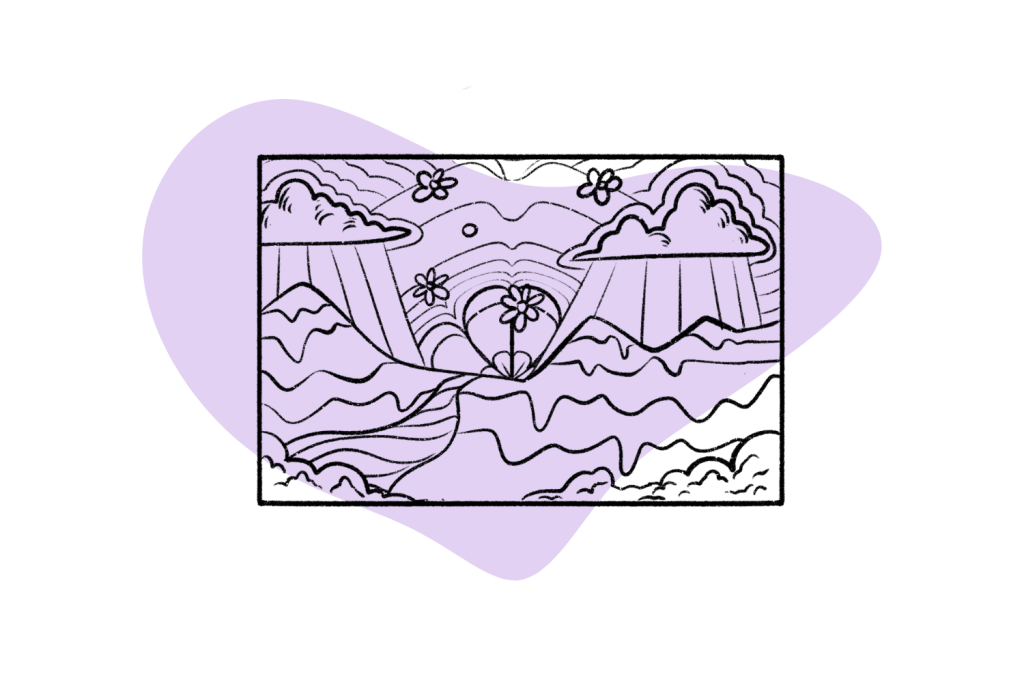
Others take a small amount of MDMA with LSD to reduce the chances of having a bad trip, especially when attending a public event or concert that may make them feel anxious.
Psychotherapists often mix these two drugs together for their synergizing actions. LSD smooths the experience of MDMA, and the MDMA makes the user more open to new ideas or revelations and breaks down barriers between the patient and practitioner.
Is Candy Flipping Safe?
Mixing drugs is dangerous. Even with care and attention to detail, unintended side effects of combining drugs, legal or illegal, can result in serious side effects or death. Combining MDMA and LSD isn’t as dangerous as other combinations, but there are still some notable risks to consider.
Both MDMA and LSD have stimulating effects and operate through similar mechanisms. Because of this, taking them together could increase the chances of experiencing the side effects of the MDMA — such as rapid heart rate, high blood pressure, delusions, or seizures.
Because of this, it’s important to take a smaller dose of both substances, but especially MDMA, to reduce the chances of experiencing serious side effects.
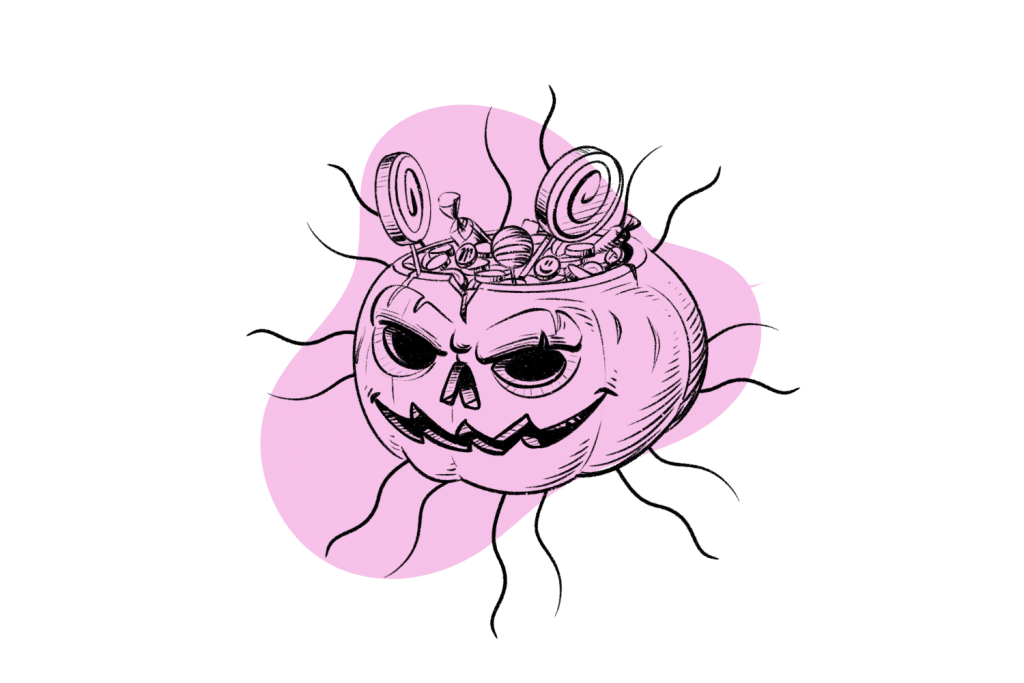
Candy flipping also comes with an increased risk of dehydration. MDMA can cause excessive sweating, and users need to be careful to stay hydrated by drinking plenty of water. However, drinking too much water could lead to water intoxication, a common cause of death associated with MDMA. Monitoring your hydration while candy flipping is dangerous since users aren’t usually in the right state of mind to keep careful track of how much water they’re drinking.
MDMA enhances the effects of LSD and may temporarily protect the user from “bad vibes” during the trip, but as it wears off, the come-down from MDMA often becomes inflated by the LSD — making an already uncomfortable experience much, much worse.
How Long Does Candy Flipping Last?
Candy flipping lasts a long time. The initial effects kick in within about 1 hour, and reach the peak by the 2-hour mark. It lasts anywhere from 6 to 16 hours.
MDMA wears off first, usually around 5 or 6 hours after you take it. The comedown on MDMA can be rough — leading to feelings of depression, anxiety, and a sense of emptiness.
LSD lasts much longer, usually up to 10 hours after first taking it. The after-effects can remain even longer. Taking LSD with MDMA will extend the duration as long as 16 hours for some users. The after-effects can remain for a day or more after the hallucinogenic effects wear off.
To combat this, many people take LSD several hours before taking MDMA so that both drugs reach their peak effects simultaneously.
What’s the Normal Dose for Candy Flipping?
As a less common way to take psychedelics, candy flipping doesn’t have a normal dose. Instead, most users take regular doses of LSD and MDMA, spaced out by a few hours to compensate for their different durations.
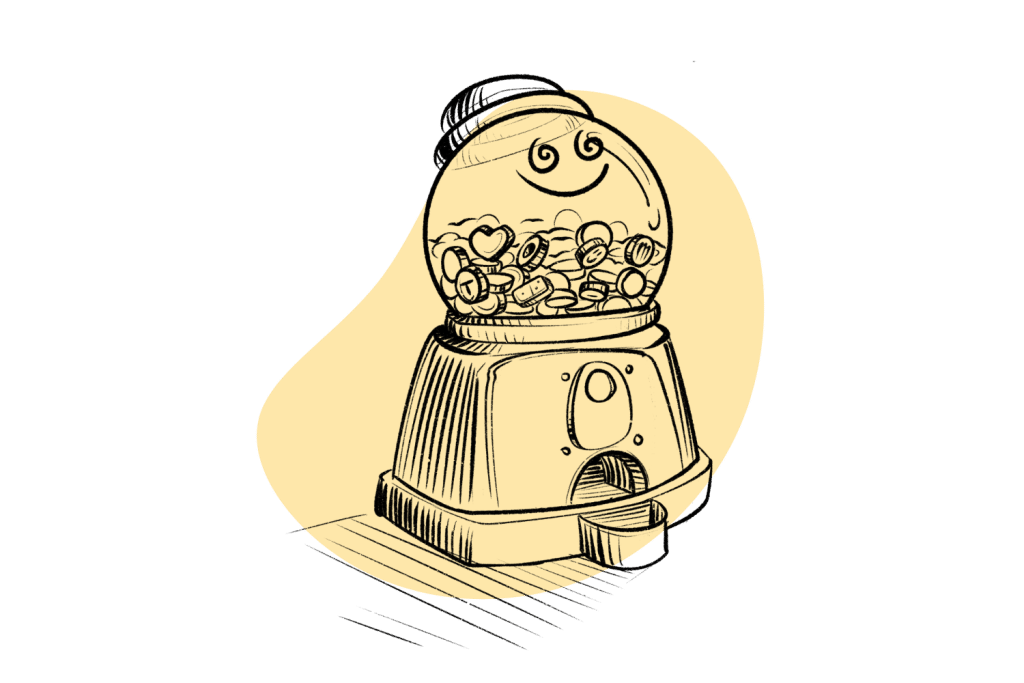
Most MDMA users recommend taking around 100 mg, and a standard dose of LSD is around 50 to 150 micrograms. Some LSD users prefer microdosing, taking as little as one-tenth of a normal dose. LSD is extremely potent, so its effects are noticeable even when taking minuscule amounts.
Wrapping Up: Mixing LSD & MDMA
Candy flipping — taking LSD and MDMA together — is a hazardous and potentially deadly venture that most people do not recommend. Mixing any two drugs can be dangerous, especially two as volatile and strong as LSD and MDMA.
Candy flippers are often seeking new experiences, hoping to deepen their perspective on life, the universe, and themselves by using MDMA to bring their LSD trips into sharper relief. Some people report positive experiences from candy flipping, but, unfortunately, others are not as lucky. MDMA makes any trip more intense, including the bad ones.
Getting the timing and dosing right is tricky. Most users take standard doses of MDMA and LSD, taking the LSD several hours in advance to give it time to reach its peak. Success candy flipping is about taking the right doses, preparing your mindset, and ensuring you’re in a safe, comfortable environment.
References
- Chary, M., Yi, D., & Manini, A. F. (2018). Candyflipping and Other combinations: identifying drug–drug combinations from an online forum. Frontiers in psychiatry, 135.
- Schechter, M. D. (1998). Candyflipping’: synergistic discriminative effect of LSD and MDMA. European journal of pharmacology, 341(2-3), 131-134.


